China Belt and Road Initiative (BRI) Investment Report 2022
The new BRI investment report covers the period until December 2022. Download the full report here
Key findings
- BRI finance and investments is steady in 2022 at USD67.8 billion, compared to USD68.7 billion in 2021;
- Investments as a share of BRI engagement reached record levels at 48%, up from 29% in 2021 and compared to an average of 40%;
- Since 2013, cumulative BRI engagement amounts to USD962 billion, about USD573 billion in construction contracts, and USD389 billion in non-financial investments;
- New coal-related projects were announced in 2022, including a captive coal fired power plant and coal mining in Indonesia;
- Energy-related engagement at lowest levels at USD24.1 billion – compared to strong technology manufacturing engagement, e.g., a USD 7.6 billion investment in a Gigafactory
- Fossil fuels constituted about 63% of Chinese BRI overseas energy engagement particularly in gas pipelines, possibly undermining global climate goals;
- Green energy engagement (solar, wind, hydro) in 2022 increased 50%: investments by USD0.1 billion to USD2.7 billion; construction projects by USD1.9 billion to USD5.3 billion;
- 14 countries saw a 100% drop in BRI engagement, including Angola, Nepal, Peru, Russia, and Sri Lanka;
- Engagements with Sub-Saharan Africa and West Asia dropped to lowest levels, while Arab and Middle Eastern countries could expand their share of Chinese engagement;
- Major beneficiary countries of Chinese investments were Hungary (USD7.6 billion), Saudi Arabia, and Singapore. The Philippines and Argentina were main beneficiaries of Chinese construction engagement;
- Average deal size for construction projects was the smallest since 2013, dropping from USD496 million in 2021 to USD330 million in 2022; average deal size for investment projects increased, driven by few large transactions, such as battery producer CATL's USD7.6 billion investment in Hungary;
- BRI investments in 2022 were unusually dominated by private sector enterprises, including CATL and Alibaba, whileconstruction contracts were dominated by state-owned enterprises (SOEs);
- In 2022, global FDI into emerging economies developed similar to China's BRI engagement – with a mixed bag of growth and decline;
- For the 2023, further rebound of Chinese BRI engagement is possible with a removal of COVID-related travel restrictions particularly relevant for Chinese developers;
- Potential future engagements can be expected in five project types: manufacturing in new technologies (e.g., batteries), trade-enabling infrastructure (including pipelines, roads), ICT (e.g., data centers), resource-backed deals (e.g., mining, oil, gas), high visibility or strategic projects (e.g., railway).
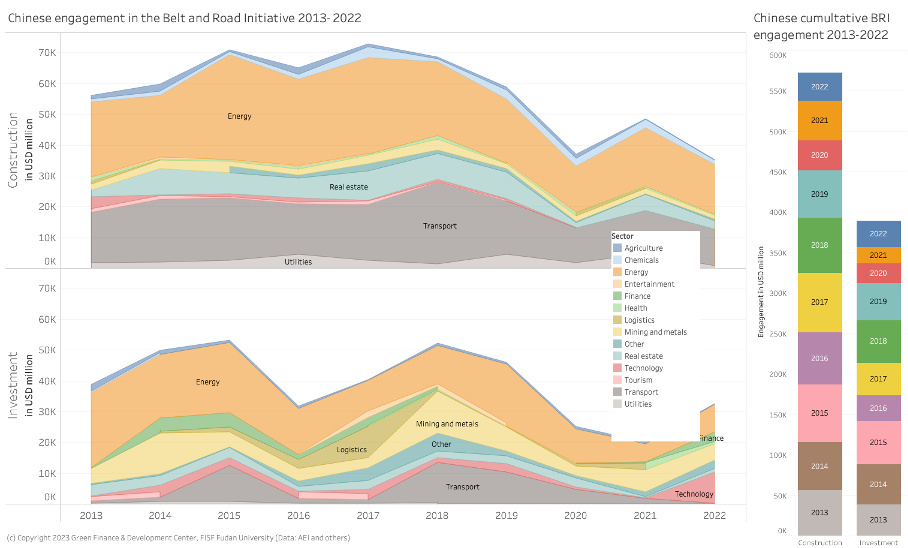






















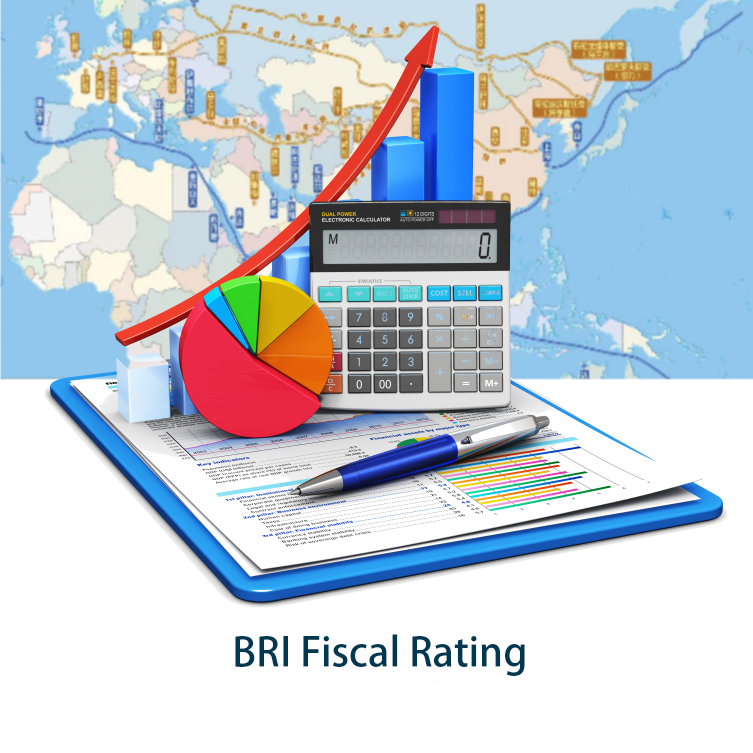
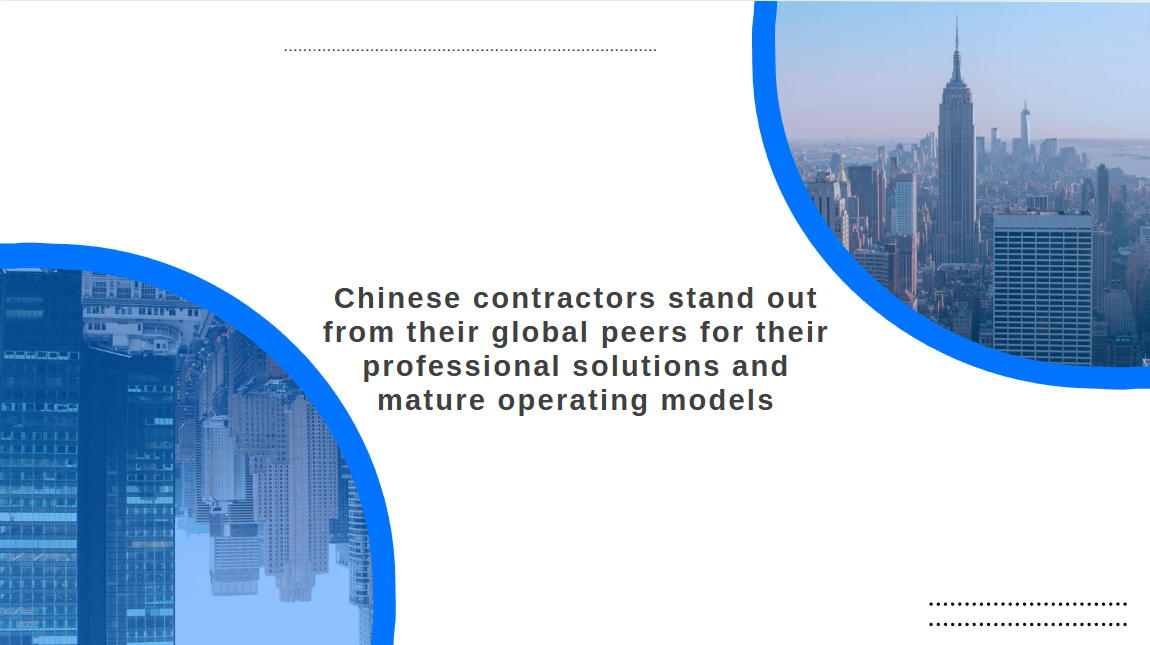
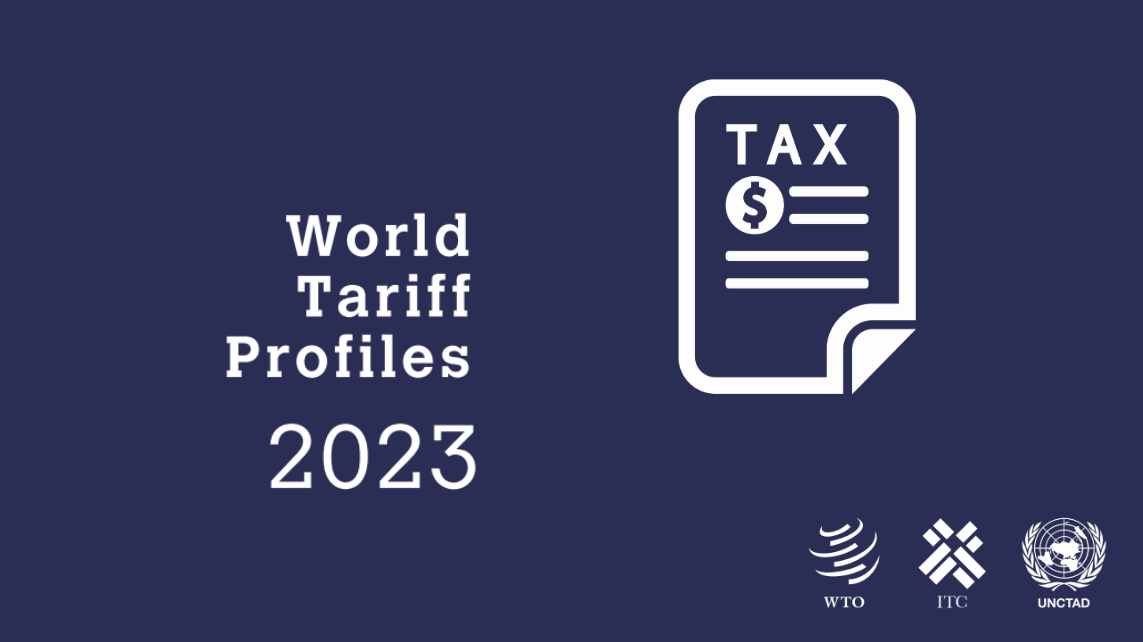

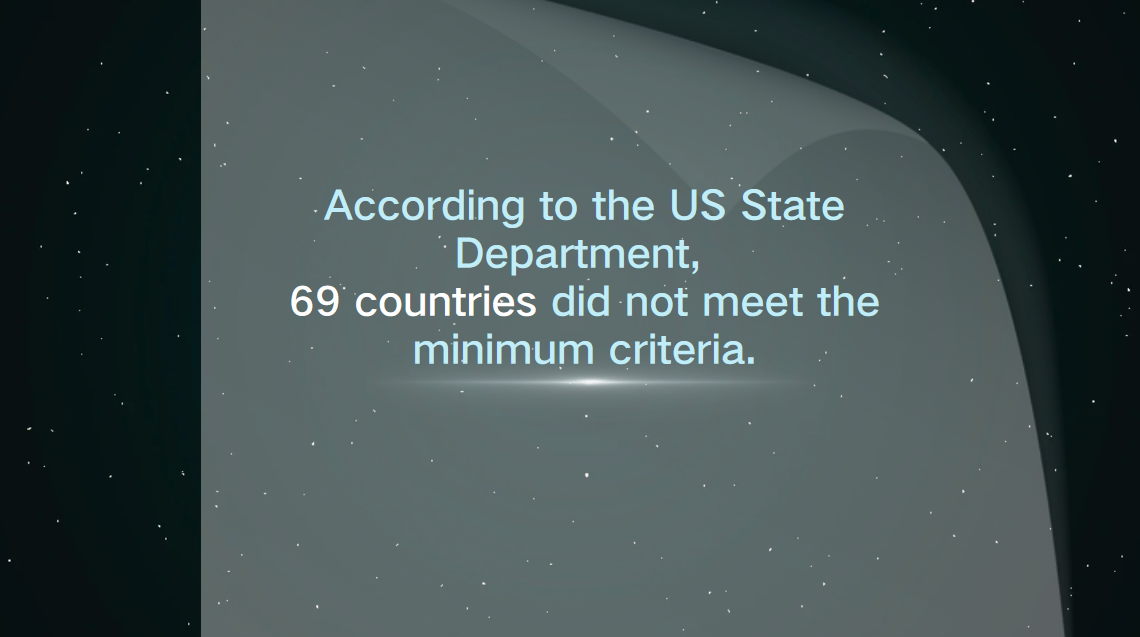




























First, please LoginComment After ~